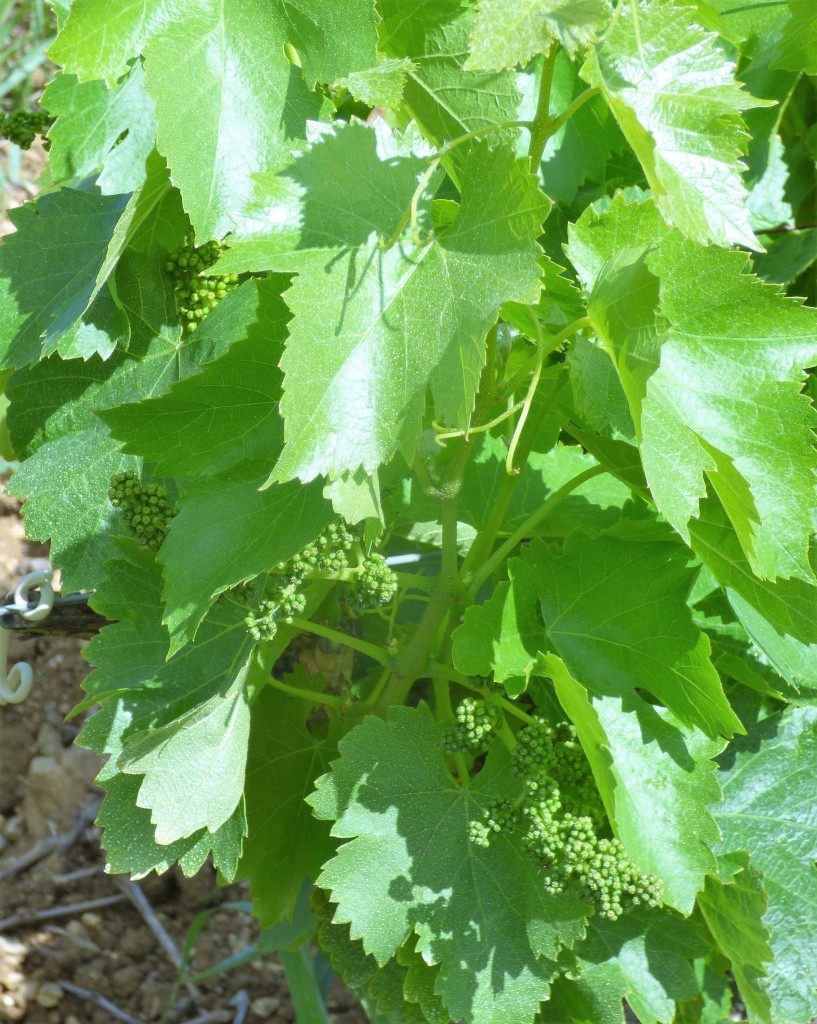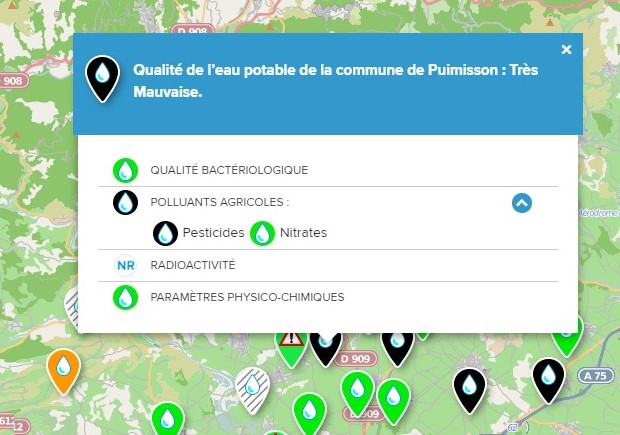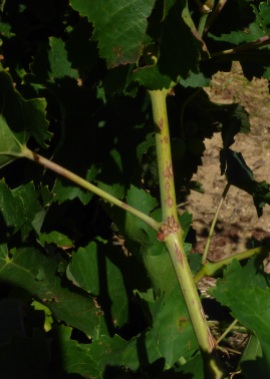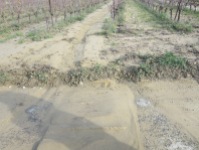In previous years I have selected whole cases of wine but this year I am going to share just my favourite wine of each colour and type. I hope you find it of interest.
Let’s start with Jeff Coutelou. As readers know this blog is based around Jeff’s vineyards and wines and my experiences with both as well as with Jeff and the people who share in his generosity and friendship. I get to experience just about all of his wines, those sold commercially and the ones made for himself and friends. I genuinely love them, the range is staggering but the quality remains consistently high. This year we enjoyed some lovely wines at lunch during vendanges, such as old vintages of La Vigne Haute, amphora aged wines and others. The one that really stands out though was a surprise.
As I have reported many times my favourite wine of all is La Vigne Haute, made from Syrah grapes in La Garrigue vineyard but only in exceptional years. In other years those grapes can be used to make a wine labelled as something else or blended with others. In 2015 they made On Peut Pas Vraiment Dire Que, labelled in simple blue. It was good but when I opened a bottle this month it was exceptionally good. I could be accused of recency bias in choosing this bottle but it was a genuine surprise. Age has softened some of the acidity though the wine was still fresh and clean. The fruit had rounded out to deliver red and black fruits with great depth. It carried weight to accompany a lasagne with ease but could be consumed on its own with pleasure. If I had tasted this blind I would have opted for La Vigne Haute and one of the best vintages. I chose it as my Jeff wine of the year because it shows how age can boost a natural wine as any other wine, because it shows the wonderful fruit of that vineyard and the skills and quality of Jeff himself. I have one bottle remaining, I shall treasure it.
To my favourite red wine of the year. I used this year’s wine buying to explore regions and countries which I did not know so well, Portugal, Australia, Greece, the Canary Islands. There were some very good wines from producers such as Filipa Pato, Niepoort, Brash Higgins, Envinate and Boesch. However, my favourite wine of the year was much closer to ‘home’.
I have known Brigitte Chevalier of Domaine De Cébène in Faugeres for ten years, having first bought her wines from Leon Stolarski in England. Her wines have always been favourites. Her transformation of the vineyards she took over after moving from Bordeaux is now reaping rewards in terms of the quality of grapes. Combine those biodyamically grown grapes with Brigitte’s growing expertise in the cellar and the result is a range of exceptional wines which I described here after a recent visit. The wine which sang for me was Belle Lurette 2018. Based on Carignan grown near the winery on schist soils, typical of Faugeres, Brigitte added Grenache and Mourvedre which form 30% of the final wine. In the glass the aromas of herbs and spices and red fruits were backed up by a palate of bright fruits. The wine is light in body but, rather like a good Burgundy, is packed with power and length which will enable the wine to age well if you can resist drinking it now as it is delicious. A real stunner, bravo Brigitte.
I probably drank more white wines this year than red, somewhat unusual for me. Great Alsace and New Zealand wines were a highlight together with more from Portugal, Savoie and the Jura. The wine which sticks in my memory though is from Slovakia and is actually a skin contact or orange wine. A visit to a relatively new wine shop / delicatessen, Kork in Whitley Bay, resulted in me purchasing Slobodne Vronski 2018. Made from Sauvignon Blanc grapes, macerated on skins for a week and then aged in a concrete egg for a whole year. The skin contact added texture and mouth feel but the fruit and freshness burst out on the palate. Exceptionally good. I know nothing about winemakers Agnes Lovecka and Mišo Kuropka but I am seeking out more of their wines and this bottle has made me very keen to travel to central Europe to discover more of the exciting wines there.
May I wish you a very Happy Christmas and thank you again for reading my blog in such numbers, I appreciate your time.











































































































